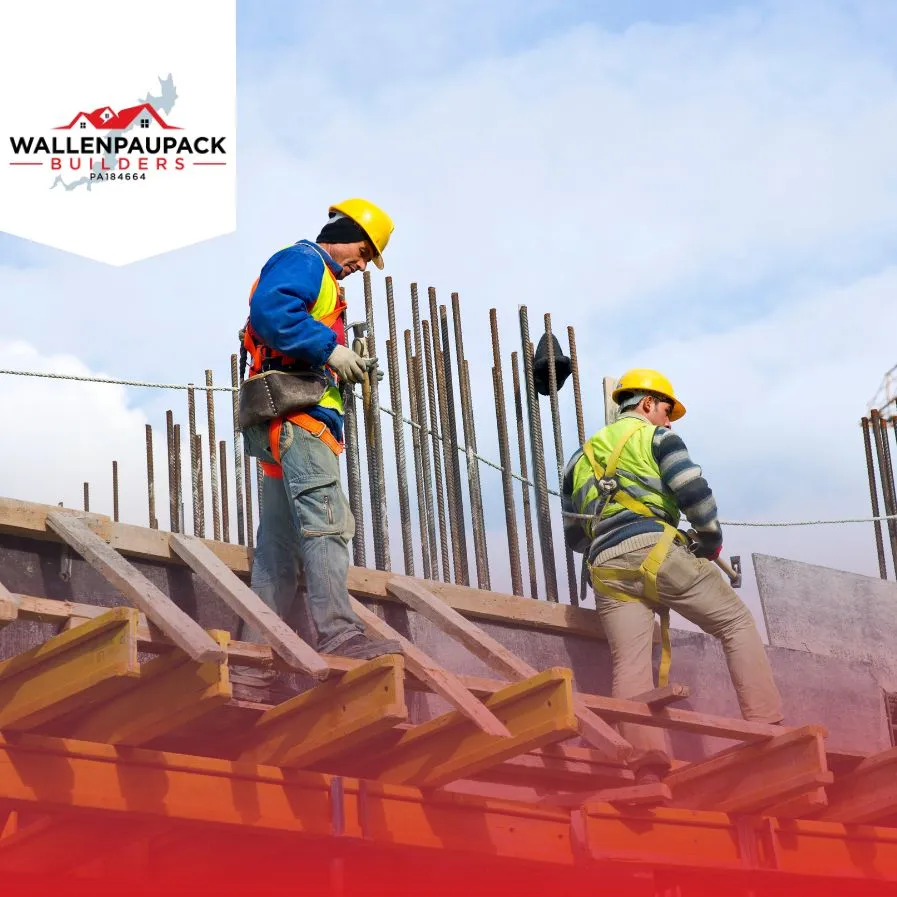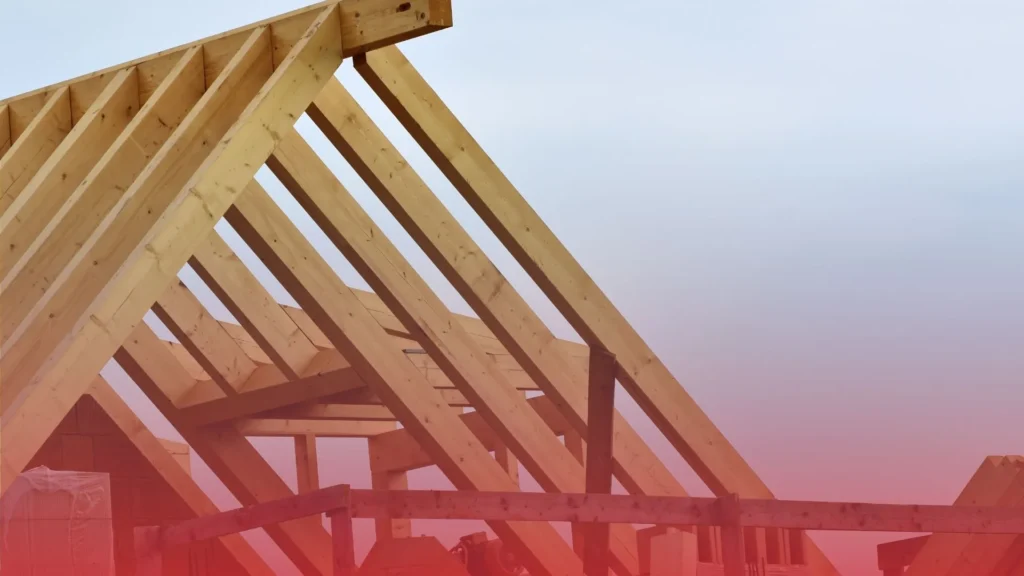Building a roof is a critical aspect of any construction project, providing shelter, insulation, and aesthetic appeal. This guide delves into the intricacies of roof building construction, exploring various roof types, construction steps, and considerations for homeowners and builders alike.
What is a Roof in Building Construction?
A roof is the top covering of a building, designed to protect the interior from weather elements such as rain, snow, sunlight, and wind. It also contributes to the building’s overall aesthetic and structural integrity. The design and materials used in roof construction vary based on climate, architectural style, and the building’s purpose.
Types of Roofs in Building Construction
Understanding the different types of roofs in building construction is essential for selecting the appropriate design for a project. Here are some common roof types:
1. Gable Roof
A gable roof features two sloping sides that meet at a ridge, forming a triangular shape. It’s one of the most common roof types due to its simplicity and effectiveness in shedding water and snow.
2. Hip Roof
A hip roof has slopes on all four sides, meeting at the top to form a ridge. This design offers better stability and is ideal for areas with high winds.
3. Mansard Roof
Also known as a French roof, a mansard roof has two slopes on each of its sides, with the lower slope being steeper than the upper. This design maximizes living space in the attic.
4. Gambrel Roof
Similar to a mansard roof but with two slopes on each side, the gambrel roof is commonly seen in barns and provides ample overhead space.
5. Flat Roof
Flat roofs are horizontal and often used in commercial buildings. They offer space for outdoor living areas but require proper drainage systems to prevent water accumulation.
6. Shed Roof
A shed roof has a single slope, often used in modern architecture for its clean lines and simplicity.
7. Butterfly Roof
This V-shaped roof design resembles a butterfly’s wings and is known for its unique aesthetic and ability to collect rainwater.
How is a Roof Constructed Step by Step?
The process of roof building construction involves several key steps:
1. Planning and Design
Before construction begins, detailed plans are created, considering factors like roof type, materials, and local building codes.
2. Framing
The roof’s structural framework is built, including trusses or rafters that support the roof covering.
3. Sheathing
Plywood or OSB (oriented strand board) is applied over the framing to provide a solid surface for roofing materials.
4. Underlayment Installation
A protective layer, such as roofing felt or synthetic underlayment, is installed over the sheathing to prevent water infiltration.
5. Roofing Material Application
The chosen roofing materials, such as shingles, tiles, or metal panels, are installed over the underlayment.
6. Flashing and Ventilation
Flashing is applied around chimneys, vents, and other protrusions to prevent leaks. Adequate ventilation is also incorporated to regulate temperature and moisture levels.
7. Final Inspection
A thorough inspection ensures that the roof is properly installed and meets all safety and quality standards.

What is a Roof Plan in Construction?
A roof plan is a detailed drawing that illustrates the layout and design of a roof. It includes information on roof slopes, materials, ridges, valleys, and other critical elements. Roof plans are essential for guiding the construction process and ensuring compliance with building codes.
What is Ceiling Building Construction?
Ceiling building construction refers to the process of constructing the ceiling of a building, which is the overhead interior surface. Ceilings can be made from various materials, including drywall, plaster, and acoustic tiles, and may incorporate features like insulation, lighting, and ventilation systems.
What Are the Steps in Building a Roof?
The steps in building a roof are similar to those in roof construction:
- Planning and Design: Develop detailed plans considering roof type and materials.
- Framing: Construct the structural framework.
- Sheathing: Apply a solid surface over the framing.
- Underlayment Installation: Add a protective layer.
- Roofing Material Application: Install the chosen roofing materials.
- Flashing and Ventilation: Ensure proper sealing and airflow.
- Final Inspection: Verify the roof meets all standards.
What is the Best Type of Roof Construction?
The best type of roof construction depends on various factors, including climate, budget, and aesthetic preferences. For instance:
- Gable Roofs are ideal for shedding water and snow, making them suitable for areas with heavy precipitation.
- Hip Roofs offer better stability in high winds, making them suitable for hurricane-prone regions.
- Flat Roofs provide additional living space but require proper drainage systems to prevent water accumulation.
Consulting with experienced contractors can help determine the most suitable roof type for your specific needs.
Contractors in Lake Wallenpaupack
For residents in the Lake Wallenpaupack area seeking professional roofing services, several reputable contractors specialize in roof building construction. These professionals offer a range of services, including roof installation, repair, and maintenance, ensuring quality and durability.
Conclusion
Roof building construction is a vital component of any building project, requiring careful planning, skilled labor, and quality materials. Understanding the various roof types and construction processes can help homeowners and builders make informed decisions, leading to safe, functional, and aesthetically pleasing roofs.
For more information on roofing services and to connect with experienced contractors in the Lake Wallenpaupack area, visit Wallenpaupack Builders.
[elementor-template id=”3899″]
FAQs
1. How long does a roof typically last?
The lifespan of a roof depends on the materials used. Asphalt shingles last about 20-30 years, while metal roofs can last 40-70 years.
2. What factors should I consider when choosing a roof type?
Consider climate, budget, aesthetic preferences, and the building’s purpose when selecting a roof type.
3. How can I maintain my roof to extend its lifespan?
Regular inspections, cleaning gutters, and addressing minor repairs promptly can help maintain your roof’s condition.
4. Do I need a permit for roof construction?
Permitting requirements vary by location. It’s essential to check with local authorities before beginning construction.
5. Can I install a roof myself?
Roof installation is complex and requires specialized knowledge and skills. It’s recommended to hire professional contractors for safety and quality assurance.
